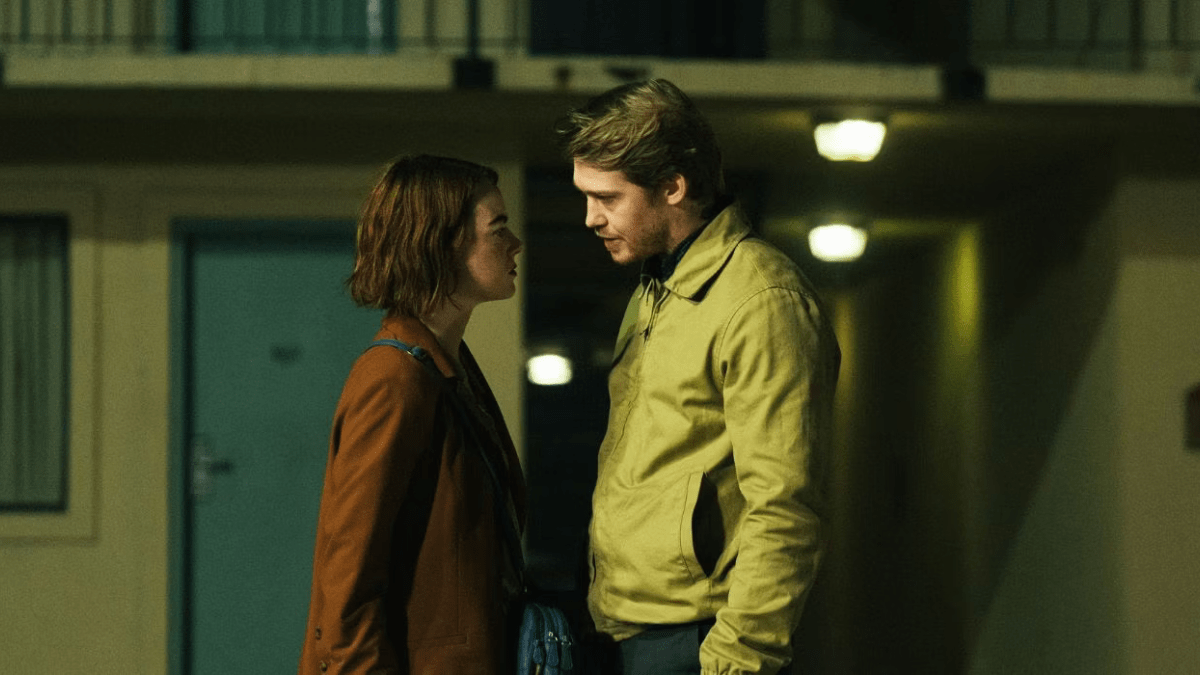‘Kinds of Kindness’ Review: A Dive into Yorgos Lanthimos’ Quirky Genius

Yorgos Lanthimos strikes again with ‘Kinds of Kindness.’ The film, a perplexing yet delightful experience, encourages viewers to delve into its depths and come out eager for discussion. This film, reminiscent of a nihilistic ‘Twilight Zone,’ presents a multi-layered narrative that could have benefited from a more interwoven approach, much like ‘Magnolia.’ Yet, Lanthimos revels in discomfort, challenging audiences to interpret his provocations in their way.
Unpredictable Storytelling
In ‘Kinds of Kindness,’ Lanthimos shuns predictability entirely. This long, scalding original film captivates and frustrates in equal measure, presenting an absurdist take on modern society. It’s never dull, but Lanthimos’ eccentric style demands patience and openness from viewers. The film features Jesse Plemons and Emma Stone stretching their acting limits, drawing audiences to do the same with their expectations.
Also Read: ‘The Bikeriders’ Review: Time to Rev Up The Drama

Plot Overview
Stone, who has starred in Lanthimos’ previous two films, takes a while to appear, leaving the spotlight initially on Plemons. He plays Robert, a pathetic corporate lackey who obediently follows his boss Raymond (Willem Dafoe), even to the point of smashing his car on command. When Raymond’s demands escalate to near-manslaughter, Robert finally rebels, spiralling into chaos before crawling back to his boss. The film explores themes of authority and obedience, leaving interpretation open to viewers.
Exploring Themes
The second chapter introduces Plemons as Daniel, a cop whose wife Liz (Stone) mysteriously reappears after going missing. Daniel’s suspicion and mind games blur the line between rationality and madness, reflecting the film’s absurdist logic. Stone’s character dominates the final chapter, where she and her partner Andrew (Plemons) follow a cult leader named Omi (Dafoe) in search of a healer. The cult’s bizarre rules and rituals mirror the earlier themes of control and submission.

Lanthimos’ Approach to Serious Themes
Lanthimos’ treatment of sex and death is irreverent, often laugh-out-loud funny. His films blur the lines between amusement, alarm, and enlightenment, driven by discordant music and meticulous cinematography. The dialogue’s dry delivery, a trademark of Lanthimos’ style, unnerves viewers, enhancing the film’s surreal atmosphere.
Unique Cinematic Rhythm
Lanthimos and editor Yorgos Mavropsaridis craft a distinct rhythm, building tension through surprise rather than suspense. Each segment ends with a twist, moving swiftly to the next, connected by the enigmatic character R.M.F. (Yorgos Stefanakos). This disjointed yet compelling structure encourages viewers to revisit the film, appreciating its dark humour and intricate details.








